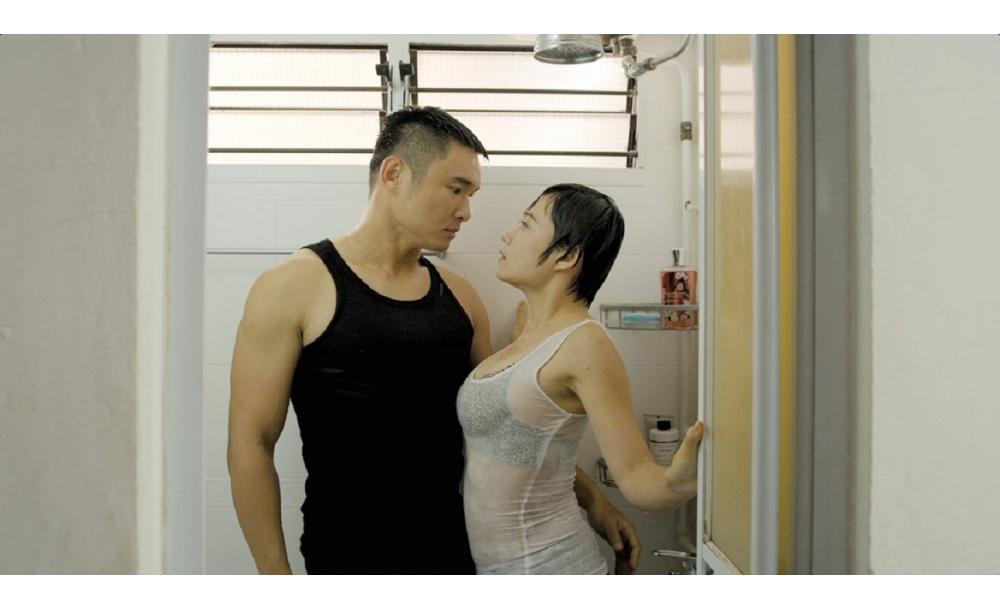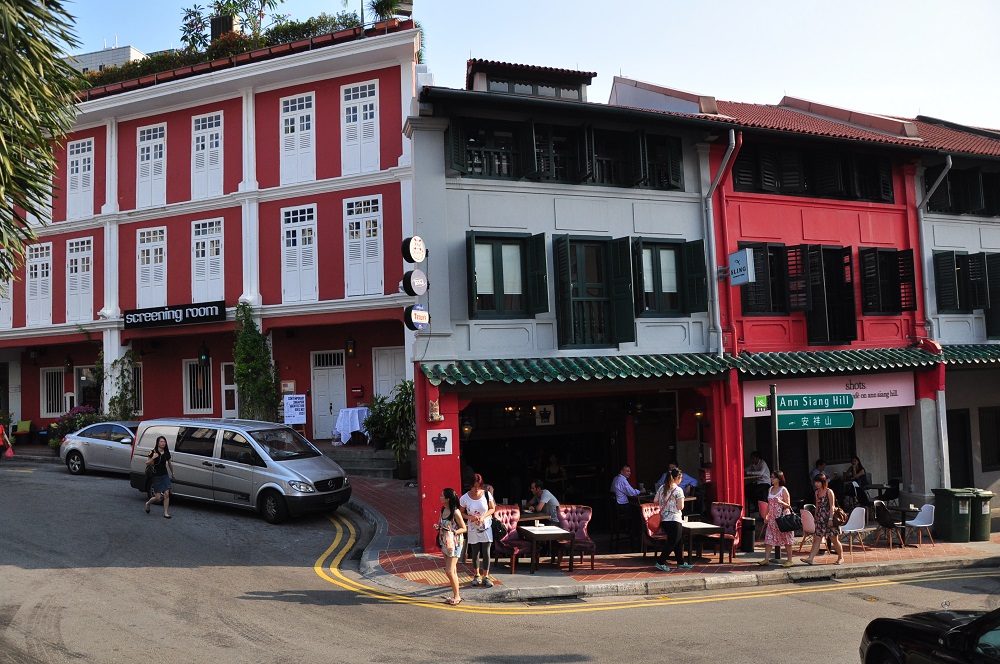Bernard Harrison has never played Zoo Tycoon. A shame, really, seeing as he is Singapore’s very own zoo tycoon, and would probably have invaluable tips to share on building exhibits in the ‘00s video game. But the 66-year-old zoologist, best known as the executive director of the Singapore Zoo from 1981 to 2002, and the CEO of Wildlife Reserves Singapore from 2000 to 2002, has put his extensive knowledge to good use—in real life. Today he runs a zoo consultancy business, Bernard Harrison & Friends, with his wife in Bali, where he advises on creative zoo design and ecotourism.
Born to a Malaysian Chinese mother and British father, Harrison credits his father, a prominent zoologist himself, for piquing his interest in animals. After graduating from Manchester University with a degree in animal behavior, he “stumbled into the Singapore Zoo by chance”. 22 and fresh-faced, he was scheduled to do a Ph.D, but saw an advert for hiring staff at the newly opened zoo. The rest, Harrison says simply, is history.
Harrison and his 29-year run at the Singapore Zoo are a legacy that won’t be forgotten any time soon. A bigwig in the international zoo scene, he is credited with putting the Singapore Zoo on the global map, having conceptualized the Night Safari, as well as the “open zoo” concept—which showcases animals as free-roaming within their enclosures. But above all, he’s likely to be fondly remembered for his fierce dedication to his staff and his job. Reminiscing on the “brilliant” days of his time at the Zoo, Harrison doesn’t shy away from expressing affection towards the team he hired. “More than the animals, I loved the staff—all 800; and they were the best part.”
Somehow when it comes to Harrison, a true forefather in every sense of the word, we think the rest of the world would beg to differ; he’s the best part.
First things first, I’m sure you know there are animal activists out there who don’t believe in zoos and keeping animals in captivity. What’s your take on that?
Seriously, I couldn’t agree with them more. If I could, I would shut down 90% of the 10,000 zoos in the world. The world is full of horrible stink holes that call themselves zoos.
The 1,000 that I would keep are the better zoos in the world. And they have modern ideas and concepts about how to present and maintain animals in captivity. Conservation and animal welfare is key to the formula.
How was it like being part of the team that grew the Singapore Zoo? What were the biggest challenges faced?
Chairman Dr Ong Swee Law and key technical consultant Lyn de Alwis from Sri Lanka started the zoo. I came in just after the opening, in November 1973.
Funding is always the biggest challenge in setting up any zoo. I did start Night Safari, and the biggest challenge with the Night Safari was the fact that it had never been done before. So for Singapore’s civil servants, and politicians, a country obsessed with benchmarking and precedents, there was no incentive. It took the cabinet three years to approve the funding, and that was basically rather begrudgingly. Night Safari became the biggest success story in the Singapore attractions industry, and probably the only uniquely Singaporean item in the Uniquely Singapore advertising campaign.
During the first Chinese New Year after opening (1974), we were assaulted by a populace of heartlanders who had no respect or concern for animals. They stoned everything they could see. It was horrible. My staff and I spent every day telling people to stop throwing stones or feeding the animals. One of my keepers, Ben Fernandez, was referred to as Steven McGarrett, of Hawaii Five O fame, because he would book them. We charged several people in court for abuse.
40 years on, Singaporeans are the ideal zoo-goers, and often they stop people—tourists or foreign workers—from abusing animals.
Do you have a favorite exhibit you curated?
I was involved in the curating of every new exhibit from 1973 to 2002, but my favorite was Primate Kingdom. It’s a series of primate islands which are naturalistic and present the animals up-close; I love Douc langurs. And obviously Night Safari.
What do you think makes the Singapore Zoo so internationally renowned and successful now?
It was Ah Meng and Breakfast at the Zoo that put us on the world map, without a doubt. You can be a great zoo, and we were the world’s most beautiful, definitely. And there were many hidden gems all over the world that you have never heard of. But the issue is getting on the world map and being noticed—that’s critical. I spent many years trying to convince the Singapore Tourism Board to promote us, and eventually they bit with the idea of breakfast with an orangutan. We eventually had so much international publicity from this that we never looked back.
Why did you leave?
I loved my job and I loved the staff and I loved the institutions, which is Wildlife Reserves Singapore. I left because of differences with my Chairman, Dr Kwa Soon Bee, bless his soul, who passed away a few years ago. We just came from different sides of the universe and landed on the planet—he from left-wing civil service and me from right-wing autocracy. There were several impasses at which point finally one of us had to give. And as he was my boss, I gave. Later his niece removed him; c’est la vie.
Later I had a chat with Dr Kwa and I had no feelings of anger or remorse. In fact I was totally grateful to him, as he had pushed me out into a much more interesting and challenging career.
Why not start a new zoo somewhere else?
I have thought about it. I did look at developing something we called Rimba, a joint venture with Sentosa—a wildlife attraction with a restaurant and retail store. But it fell through. Since then, it’s hard work to run a zoo; being a zoo design consultant is far more civilized, in terms of working hours.
What’s a day in your life now in Bali like?
Absolute bliss; I am truly blessed. I do yoga three times a week and run a consultancy business from the beach. I get up in the morning, take my three dogs down to the beach; sit at my favorite cafe (I have two) and look for Agung (the volcano); answer my email and read my e-newspaper (Washington Post, New York Times; sometimes The Straits Times). I chuckle at Trump’s latest escapades, especially his idiotic Tweets; post some of it on Facebook and see the reaction by my friends. It will really be a shame when he is impeached, as there will be nothing more to look forward to reading about. Pence will toe the Republican line explicitly! Totally boring. I have a fresh coconut, maybe a Bali coffee, and then go home around lunch time.
Do you keep any animals as pets?
I have three dogs and two cats that are all compatible. I also grow seeds into plants… sort of a hobby.
In three to five steps, how would I go about opening a zoo?
- Find a suitable site. Realistically about 20 hectares is minimal.
- Find the money (about US$1.5 million per hectare).
- Find the staff—they need to have expertise and passion.
- Locate the animals. That’s actually fairly easy.
- Open and don’t lose your shirt!





